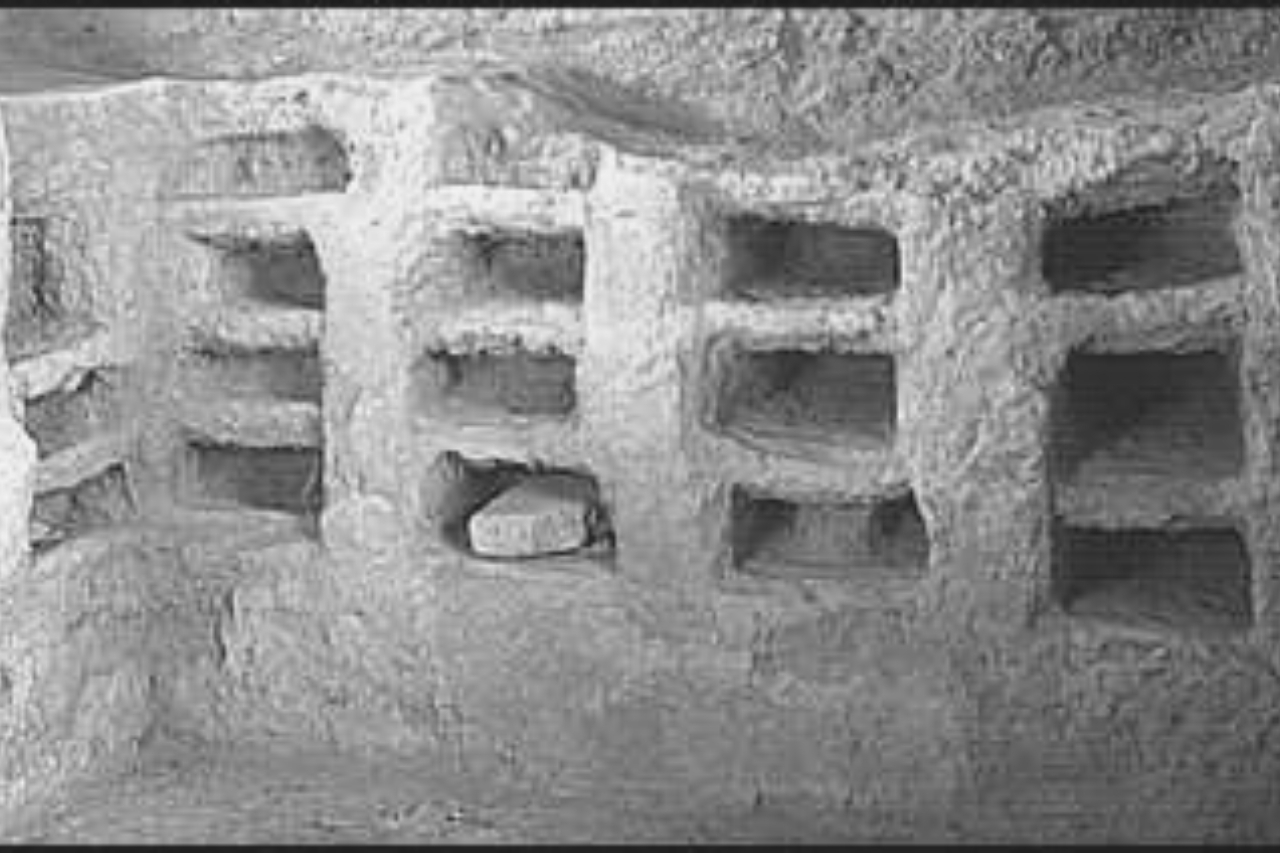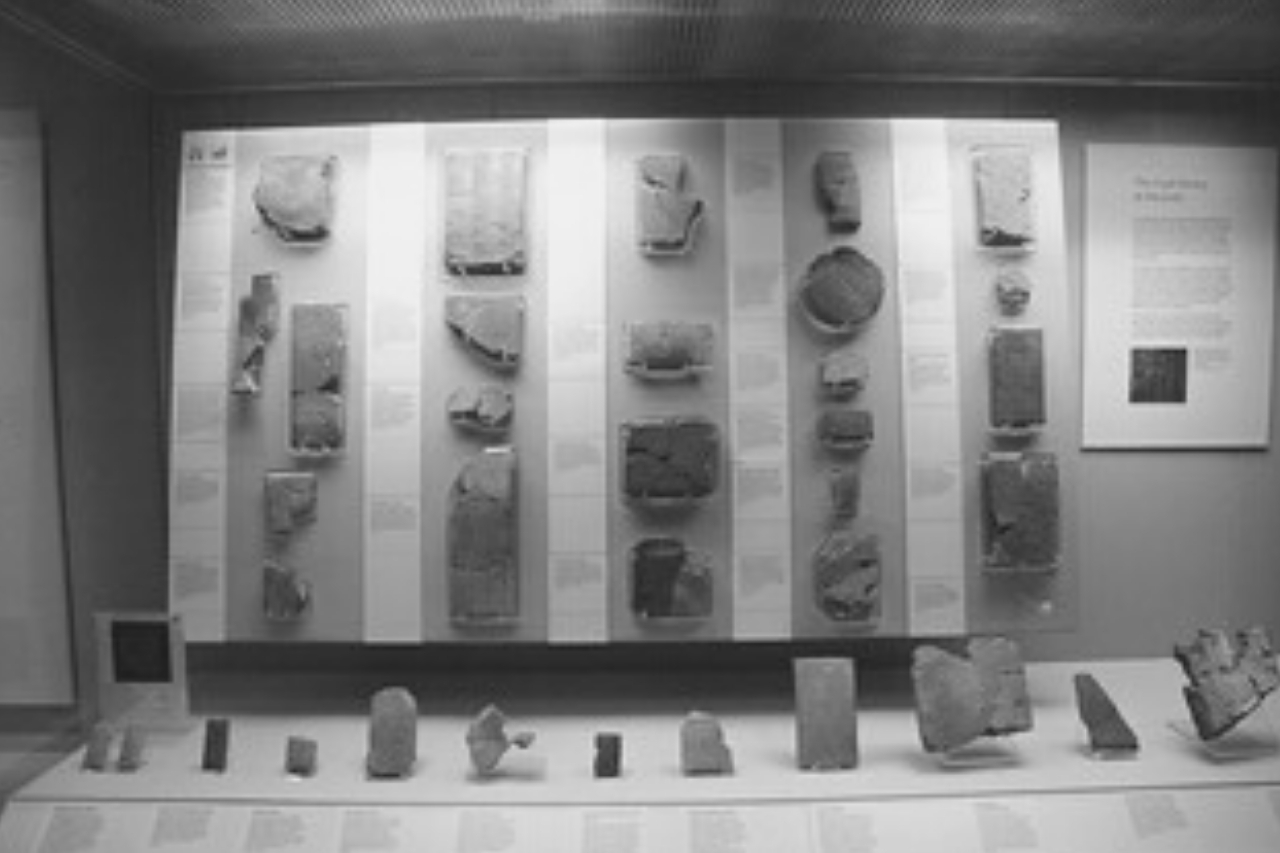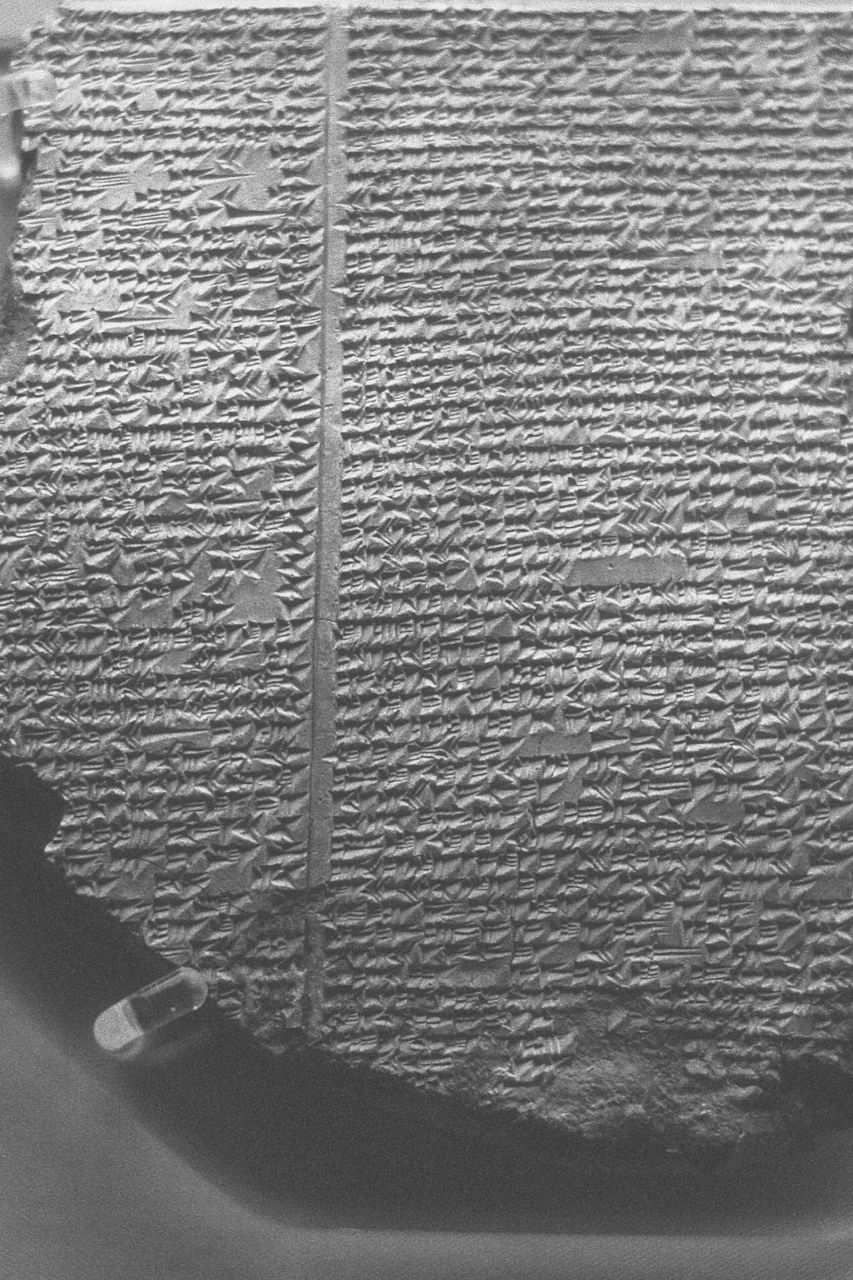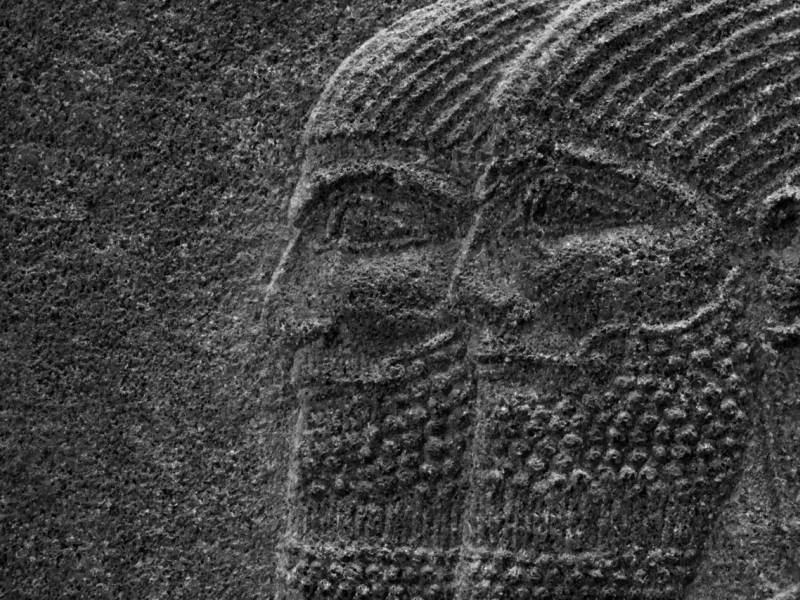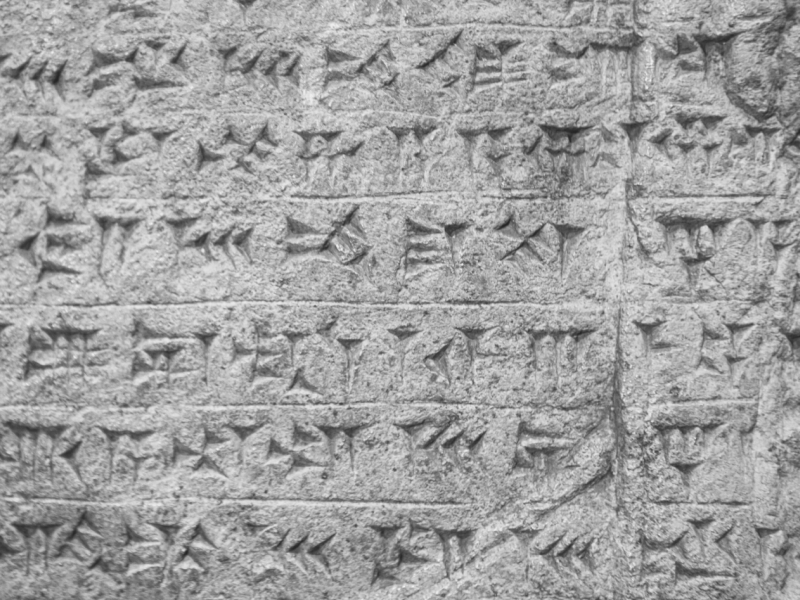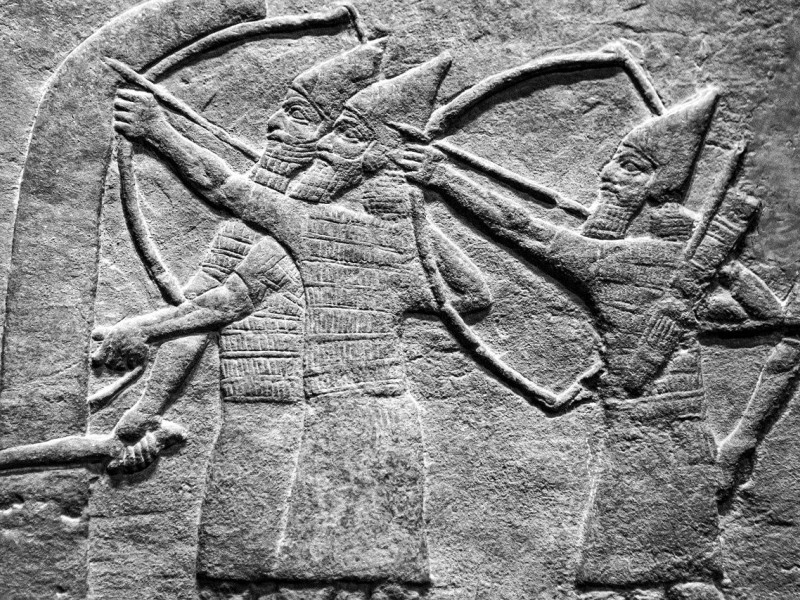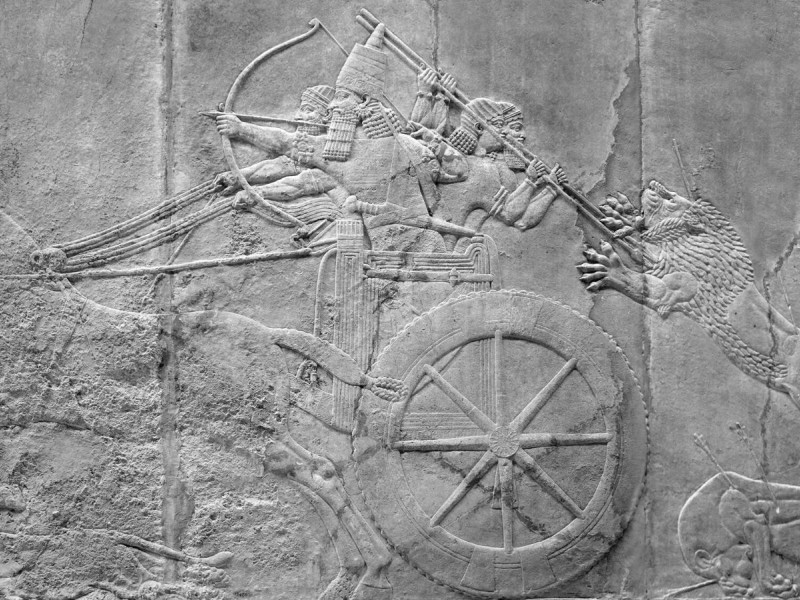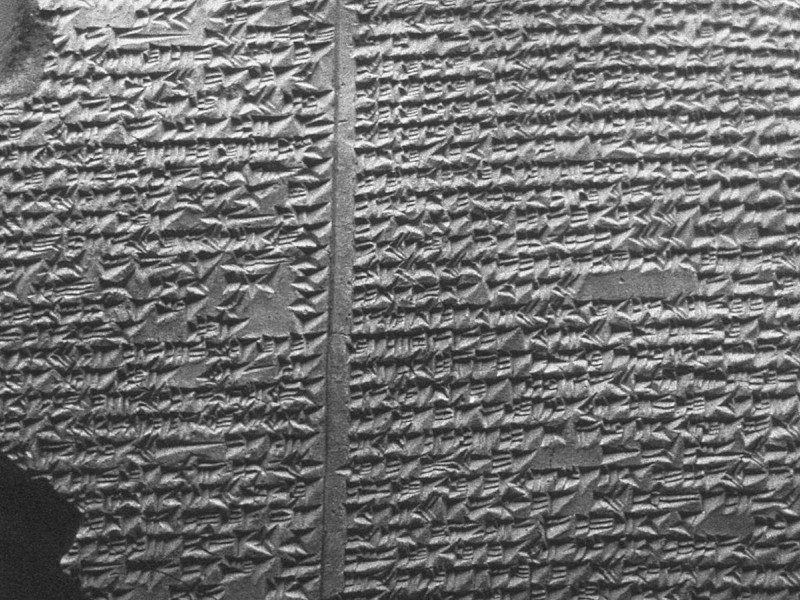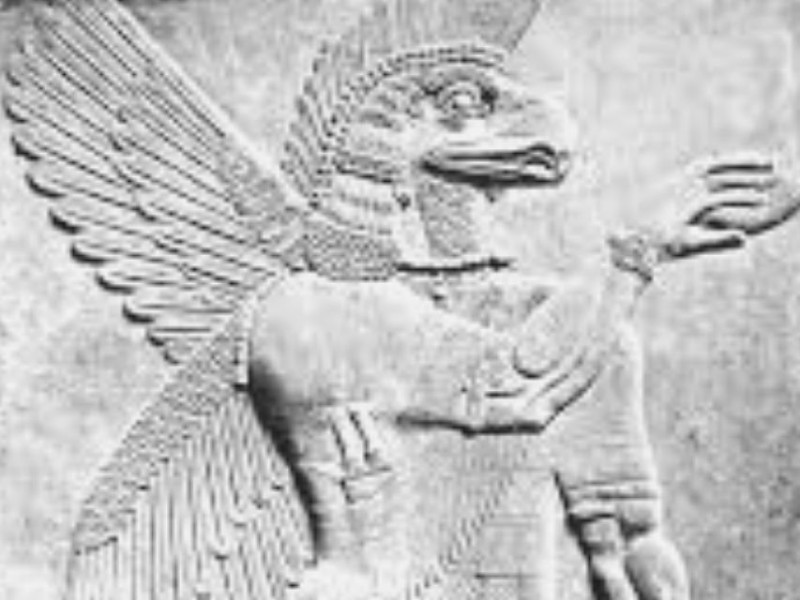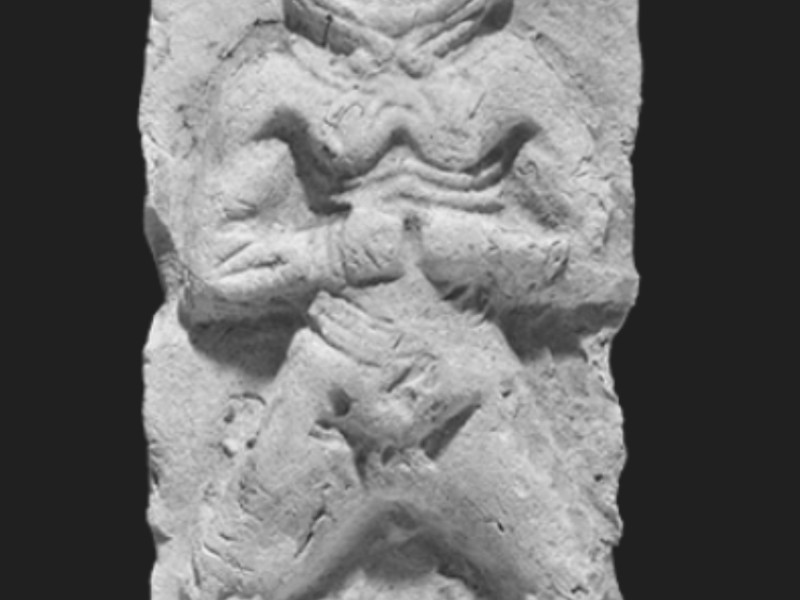Royal Library of Ashurbanipal: The Long Lost House of Ancient Wisdom
The royal library of Ashurbanipal housed the knowledge of the ancient world more than a thousand years prior to the founding of the world-famous Library of Alexandria. The library contained more than 30,000 clay tablets inscribed with cuneiform, the writing script of ancient Mesopotamia.
The discovery of the library has often been described as one of the most important archeological discoveries in history. In this article, we will delve into the mysteries of the great library of Nineveh and shed light on its fascinating history.
Ashurbanipal: Assyria’s Greatest King
A succession of capable kings, innovative military tactics and superb organization and administrative skills enabled the Neo-Assyrian Empire (911 – 609 BC) to establish itself as the preeminent power in the ancient Near East.
Having subdued Babylonia, conquered Egypt and the Levantine coast, the Empire waged war against the Arabs and expanded into Anatolia and the Iranian plateau. In this way, the Assyrians built the greatest empire in the world of those times.
An Heir to a Great Empire
Ashurbanipal succeeded to the throne of Assyria upon the death of his father, Esarhaddon, during a campaign against Egypt. The new ruler proved to be as capable as his predecessors.
Asurbanipal waged two successful campaigns against Egypt and would go on to defeat the Elamites, the Arabs and the Cimmerians — the latter being an Indo-European speaking people who dwelled in the southern Caucasus and frequently raided Assyria.
Asurbanipal was more than a conqueror, however, and showed an inclination towards learning.
The King Lays the Foundations of the Greatest Library in the Ancient World
The King sent his scholars and scribes to all corners of the vast Assyrian Empire and beyond to collect and copy texts from libraries and temples. Most of the texts copied by Ashurbanipal’s scholars were obtained in Babylonia, which was forced to yield its knowledge to the King, known for being harsh on those who opposed him.
The Library of Ashurbanipal Contained More than 30,000 Tablets
Ashurbanipal’s library contained more than 30,000 clay tablets inscribed in cuneiform. Most of the tablets are preserved in fragments as the result of damage caused when the library was burned during the Sack of Nineveh in 612 BC.
Paper books and other documents contained in the library were destroyed by the fire, but the clay tablets were baked harder, which had enabled them to survive to the present day in relatively good shape.
The King Was Hungry for Knowledge and Spared No Expense in Obtaining It
Ashurbanipal was particularly interested in collecting divination texts. A great number of texts from Babylonia consisted of rituals and incantations vital for asserting royal power and establishing the King’s legitimacy.
The texts also dealt with matters such as correspondence with foreign rulers, legislation, and finance. Other texts were of religious nature or were concerned with medicine and astronomy. They were written in the Akkadian language and in cuneiform script.
Today, the Library Is Vital for Understanding Ancient Assyrian History and Culture
Historians divide the Babylonian texts in Ashurbanipal’s library into two different groups: literary compositions and legal documents. The former contains texts of a predominantly religious nature, as well as treatises on medicine and historical texts.
Babylonian epics and myths are also included in this group, and they are of special interest to historians seeking to expand our understanding of ancient Mesopotamian civilizations.
Epic of Gilgamesh: The Crowning Achievement of Babylonian Literature
Among the thousands of cuneiform tablets containing Babylonian texts, one work stands out as the most important: the Epic of Gilgamesh. This epic poem is considered to be the earliest surviving work of literature, as well as one of the earliest surviving religious texts.
The first part of the epic tells the tale of Gilgamesh, King of Uruk, and Enkidu, created by the gods to oppose the King’s despotism, but who eventually becomes his friend and companion. Together, they defy the gods and slay their champion, prompting the insulted deities to seek revenge by sentencing Enkidu to death.
In the second part of the epic, the heartbroken Gilgamesh embarks on a dangerous journey to discover the secret of eternal life. He fails in his quest to obtain eternal life and has to come to terms with his mortality.
The epic’s similarities with Biblical stories and Greek myths are a subject of much interest among historians and researchers.
When Was the Library Discovered?
The discovery of King Ashurbanipal library shook the scientific community and forever changed our understanding of Assyrian and Mesopotamian history. The library was discovered by an English traveler and archeologist, Austen Henry Layard, in 1850. The first tablets were discovered on the site of the ancient library in Nineveh, then the capital of the Neo-Assyrian Empire.
Lanyard described the exciting news of the discovery, a great triumph for archeology:
“The chambers I am describing appear to have been a depository for such documents [historical records and public documents]. To the height of a foot or more from the floor they were entirely filled with them; some entire, but the greater part broken into fragments.”
The Discovery Sparked Widespread Interest in Ancient Assyria
Excavations at the site of the ancient library continued for several decades. In 1852, a second palace was discovered and, within it, another large collection of tablets.
The tablets were brought to England and are now kept in the British Museum in London. For the first time, historians could refer to the Assyrians themselves rather than rely on Biblical texts and classical sources to unlock the long-lost mysteries of this ancient land.
How a Young Researcher Uncovered an Ancient Mystery Hidden Among Ancient Tablets
As a result of the library’s discovery, a wave of interest in Assyria swept Britain and Europe. A young banknote engraver, George Smit, who was also an Assyrian history enthusiast, was tasked by the British Museum to re-join the tablet fragments.
While he was sorting the fragments, he found tablets that told the story of an ancient flood that resembled the Biblical flood story. The discovery sparked further interest in the history of Assyria and Babylonia.
The similarity of Babylonian creation myths with the accounts found in the Bible led some historians to believe that Biblical creation stories had their origin or were inspired by Babylonian mythology. A great number of tablets found in Ashurbanipal’s library are now presumed to have been looted or otherwise taken from a Babylonian library.
What Made Ashurbanipal, a Fierce Warrior King, Collect Tablets?
Assyrians were feared across the ancient world as great warriors who ruled and maintained their empire by striking fear into the hearts of their enemies and vassals alike.
Like the majority of his predecessors, Ashurbanipal was a warlike ruler who led numerous campaigns and had himself proclaimed “King of the Four Corners of the World” and “King of the Universe,” lofty titles that proclaimed to everyone his bid for world supremacy.
In one aspect, however, the King did not resemble his predecessors: his thirst for knowledge.
An Educated Ruler, Ashurbanipal Was Depicted With a Writing Stylus Tucked Into His Belt
Ashurbanipal received a broad education but he sought more than the practical knowledge required for running his vast Empire. He was as equally proud of his achievements as a scholar as of his conquests. The King had a lively interest in literary works and kept a collection of tablets in his palace.
Even though Ashurbanipal’s Empire did not survive him, his legacy as a collector and patron of knowledge did.
The Legacy of the Great Library of Nineveh
Even after the destruction of Nineveh and the fall of the Neo-Assyrian Empire, Ashurbanipal’s great library remained famous among scribes and scholars of the ancient world. The library had served as an inspiration for other great libraries of the ancient world, including the ones in Pergamum and Alexandria.
Cuneiform tablets as a writing medium fell out of use in the centuries following the fall of Assyria, but the precious knowledge they contained survived and was passed down through generations of scholars and historians.
It’s Possible to Access the Library of Ashurbanipal Online
Thousands of texts belonging to the library can be found online at the Oracc portal. On the site, you can find English translations of cuneiform texts from ancient Assyria and Babylonia that give a unique insight into the Mesopotamian culture.
Conclusion
The Library of Ashurbanipal was the first great library of the ancient world where thousands of texts from Babylonia, Assyria, and other lands were kept. Commissioned by King Ashurbanipal during the zenith of power of the Neo-Assyrian Empire, the library was to serve as the depository of knowledge of ancient Mesopotamia. The library is of great importance to us today because:
The Assyrian tablets are the only remaining primary source from ancient Assyria and Babylonia.
The clay tablets found at the library give us a unique insight into Mesopotamian religion, customs, politics, history, and daily lives of its people.
It served as an inspiration for the great libraries of the Greek world.
The Library of Ashurbanipal continues to be an inspiration for scholars and historians today, thousands of years after its destruction.
